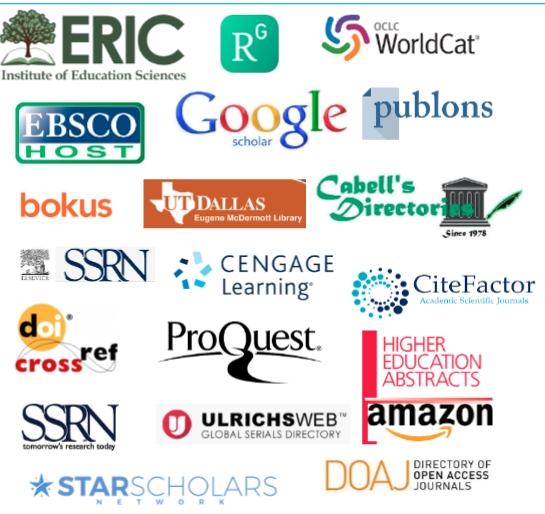Community Ecology Model of Socio-academic Integration
Understanding Interactions of Racially Minoritized Students at Four HSIs
DOI:
https://doi.org/10.32674/jimphe.v6i1.2997Abstract
In this article, we use Pichon’s (2019) Community Ecology Model of Socio-academic Integration (CEMSAI) as a framework to conduct an environmental scan at four Hispanic Serving Institutions(HSIs): two community colleges and two research institutions. Special attention was given to how this model can help educational leaders understand how minoritized students (native or non-native to the campus) interact within these ecosystems, especially as it relates to the serving role of the institutions. The CEMSAI framework allowed us to: (a) know student profile; (b) understand the historical and cultural context of the institution; (c) determine how students use resources and space on campus; (d) observe how students develop and grow on campus (what is changing?);(e) assess the use of resources on college student change and development; and (f) systematically document changes as it relates to structural/space, curricular and co-curricular, climate, and strategic initiatives to address student success. Specifically, we learned what it is like to be the dominant minority student at an HSI: What is it like to be a majority on campus and in the community and not always see that culture reflected within the ecosystem? This could be connected to the service role of the institution. Serving institutions, which tend to be closer to Mexico, appeared to be more socio-academically integrated.






